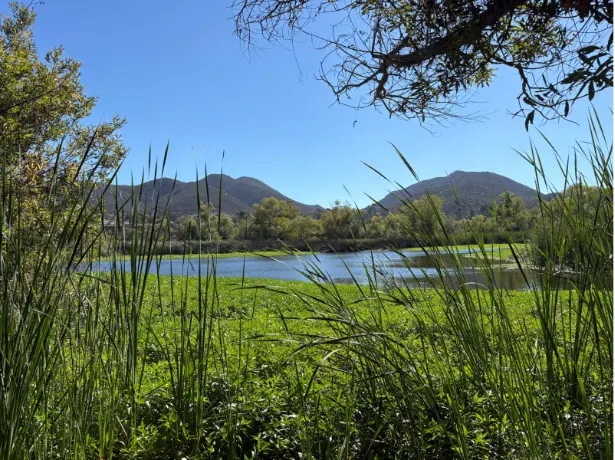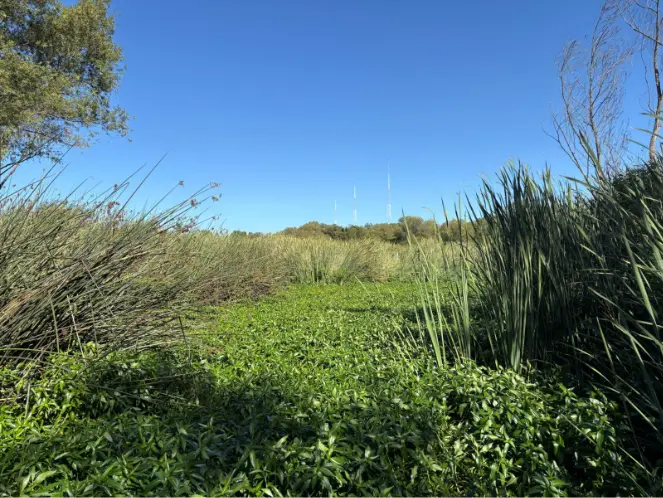

There’s a pipelining project underway at Mission Trails that’s part of the East County Advanced Water Purification Project. A large, temporary, above-ground bypass pipeline currently runs the length of Father Junipero Serra Trail (FJST), beginning at the east end of FJST near the campground and continuing on FJST through Mission Trails, exiting onto Mission Gorge Road then running down Mission Gorge Road to Conestoga Way in San Diego. The temporary pipeline stretches approximately 20,500 linear feet (3.9 miles) and will be in place until 2028.
The above-ground bypass pipeline has been installed so that an existing sewer pipeline under FJST can be rehabilitated using sliplining and open cut construction methods. You will note that the bypass pipeline has been placed underground at trailheads and intersections within the park to maintain access.
As the project moves forward, weekday access to Father Junipero Serra Trail will be limited.
Weekdays (Monday-Friday, 7AM-4PM) until Spring 2027:
Outside of weekday work hours and on weekends:
What about wildlife?
To reduce impacts on wildlife, crews are installing additional blocks to lift the pipeline, creating more space for animals to pass underneath. Outside of work hours, the excavations will be secured with temporary chain-link fencing.
Ramps will be placed in open excavations to allow any wildlife that enters to exit safely outside of working hours. Some of the excavations will have tail ditches to help angle the pipe during sliplining, and these tail ditches can also function as wildlife escape ramps.
Stay informed!
Questions? Call 619-258-4644 or email info@eastcountyawp.com.
Park visitors and community members are encouraged to stay updated on construction impacts by visiting the interactive construction map.
For further updates or to explore the full scope of the project, visit the project website.
Thanks to grant funding from the San Diego River Conservancy, a state agency established to enhance the San Diego River watershed, the nonprofit Mission Trails Regional Park (MTRP) Foundation has launched a habitat restoration and invasive plant removal project at MTRP.
This project aims to increase the park’s fire resiliency, reduce the likelihood of fire within the park and in nearby neighborhoods, as well as expand and improve critical native habitat. The multi-year grant will support ongoing maintenance and build capacity within the MTRP Foundation to address the park’s needs for brush and invasive removal, and habitat restoration.
The MTRP Foundation has engaged contractor RECON Environmental and is collaborating with staff from City of San Diego Parks and Recreation Department staff on this project.
Why is this project important?
This project is important to help reduce fire risk within the park and the nearby communities by removing harmful fire fuel, like dead brush and fire-prone invasive plant species. Additionally, this project will help support and maintain the critical habitat and biodiversity at Mission Trails. San Diego is a biodiversity hotspot, meaning there is great variety in the flora and fauna, and is one of the most biodiverse areas in the nation. Unfortunately, San Diego us also home to the greatest number of plant and animal species threatened with extinction anywhere in the country. One of the greatest threats to biodiversity and endangered habitat is the introduction of invasive species.
What is an invasive species?
An invasive species is a nonnative, introduced species to an ecosystem that causes or is likely to cause economic or environmental harm or harm to human health. Read more here about common invasive plants in San Diego.
Who is managing this invasive and brush removal project?
Mission Trails Regional Park (MTRP) Foundation is working in partnership with the City of San Diego to implement this multi-year project.
MTRP Foundation hired RECON Environmental, Inc to conduct invasive species and brush removal to improve habitat and mitigate the risk of wildfire. RECON is a full-service environmental and habitat restoration firm with over 50 years of experience in southern California. This project launched in September 2024 and will be ongoing. We hope to not impact park users time in nature, and the RECON crews will only operate during normal working hours on weekdays. This project will pause during nest bird season, in accordance with City of San Diego regulations.
Who is funding this project?
The San Diego River Conservancy is an independent, non-regulatory state agency established to preserve, restore and enhance the San Diego River Area. The Conservancy’s 18-member Governing Board consists of both state and local representatives, creating a diverse partnership dedicated to conserving this highly valued resource of statewide significance. Learn more at https://sdrc.ca.gov/
Who should I contact if I have questions about this project?
If you have questions regarding this project, please email the MTRP Foundation at mtrp@mtrp.org.
Recent Before + After Photos:
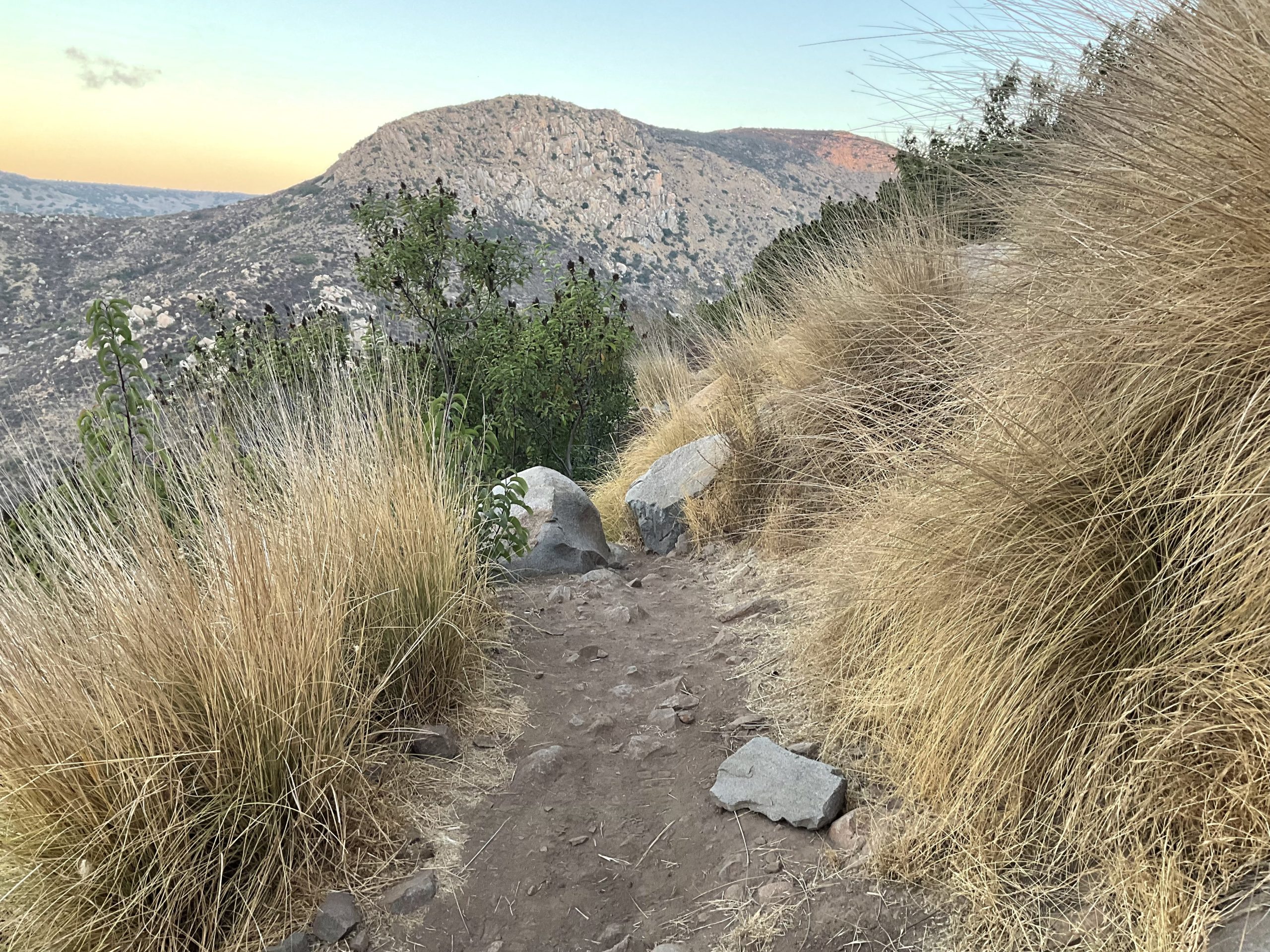
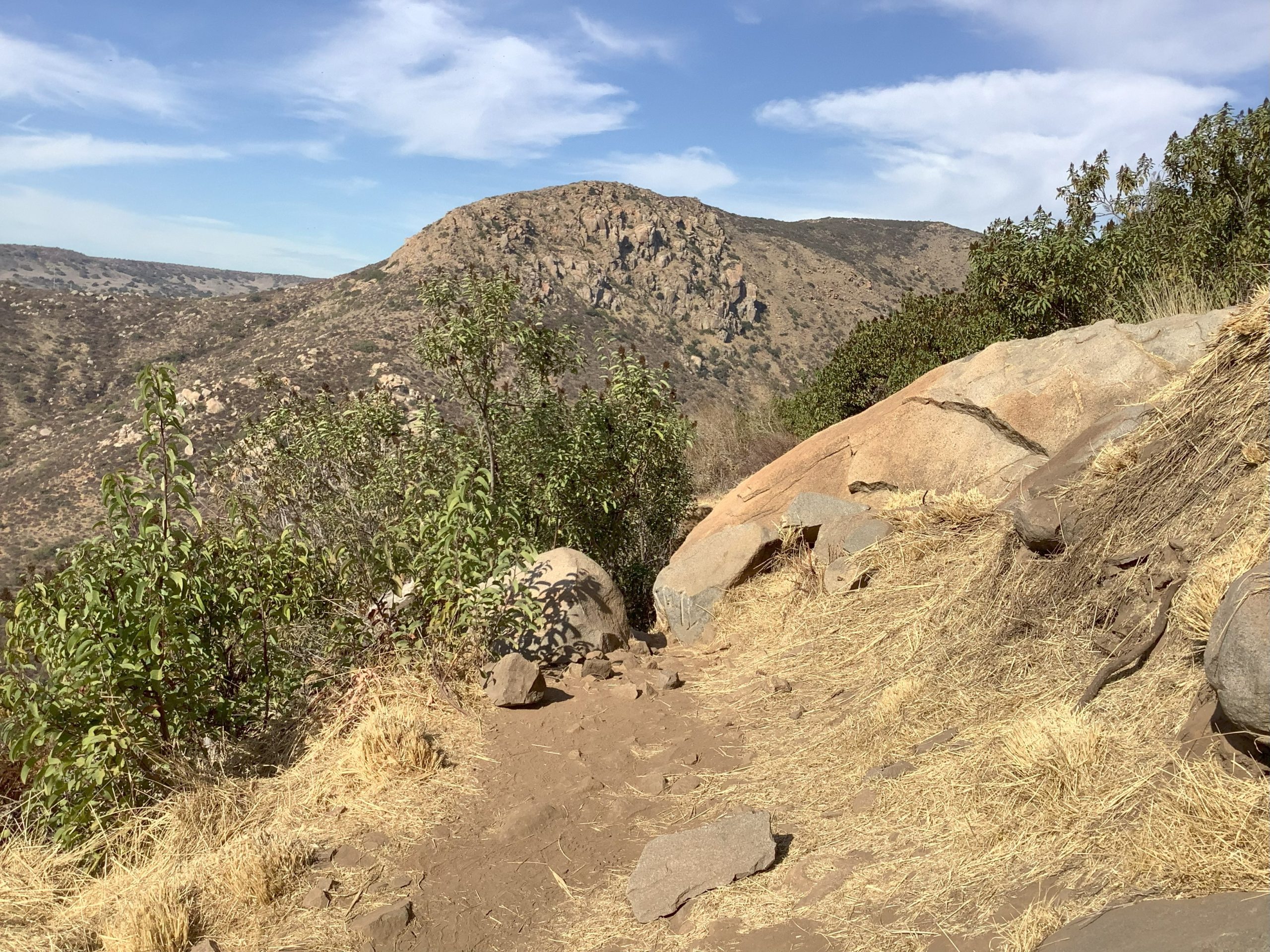
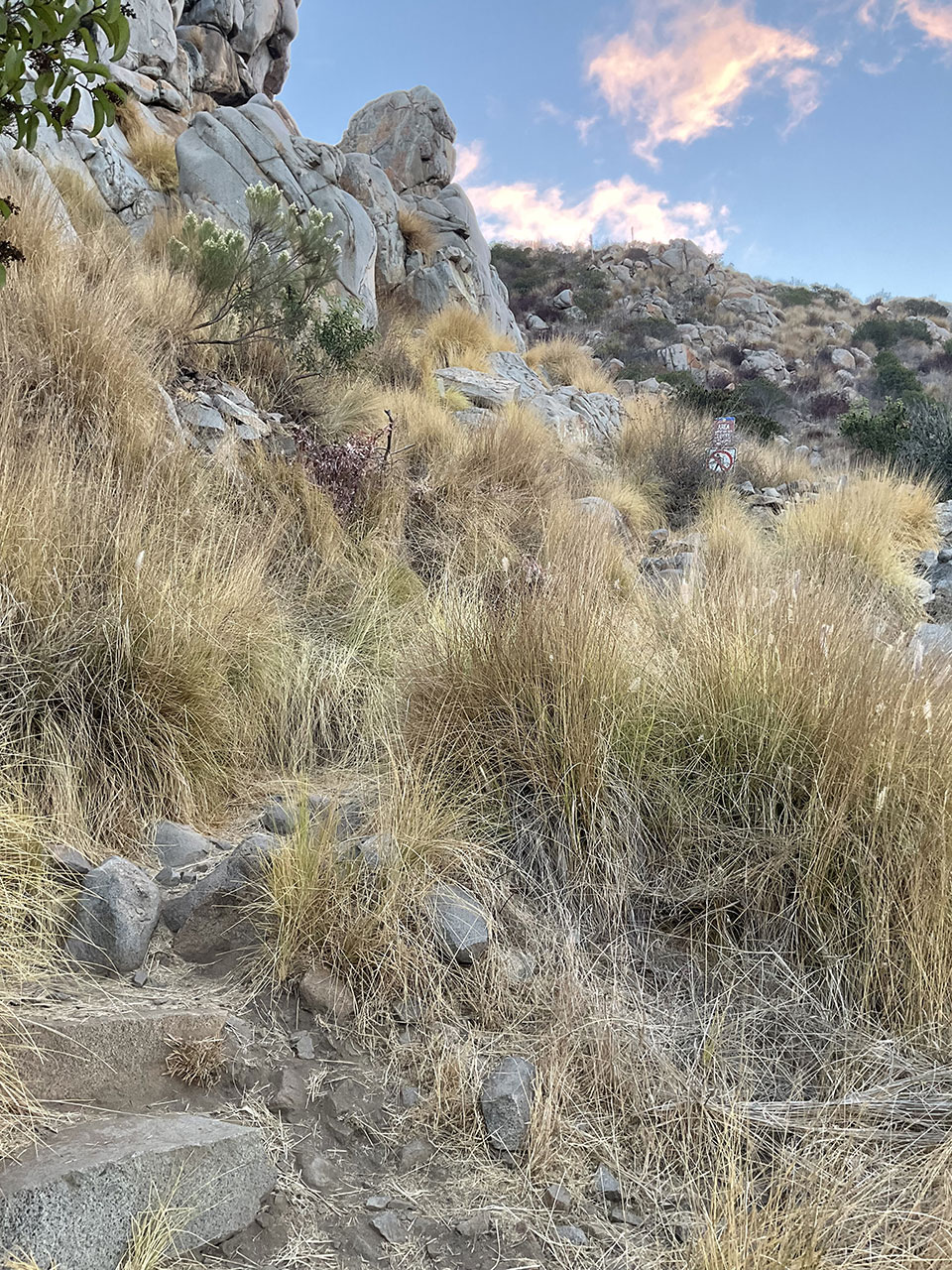
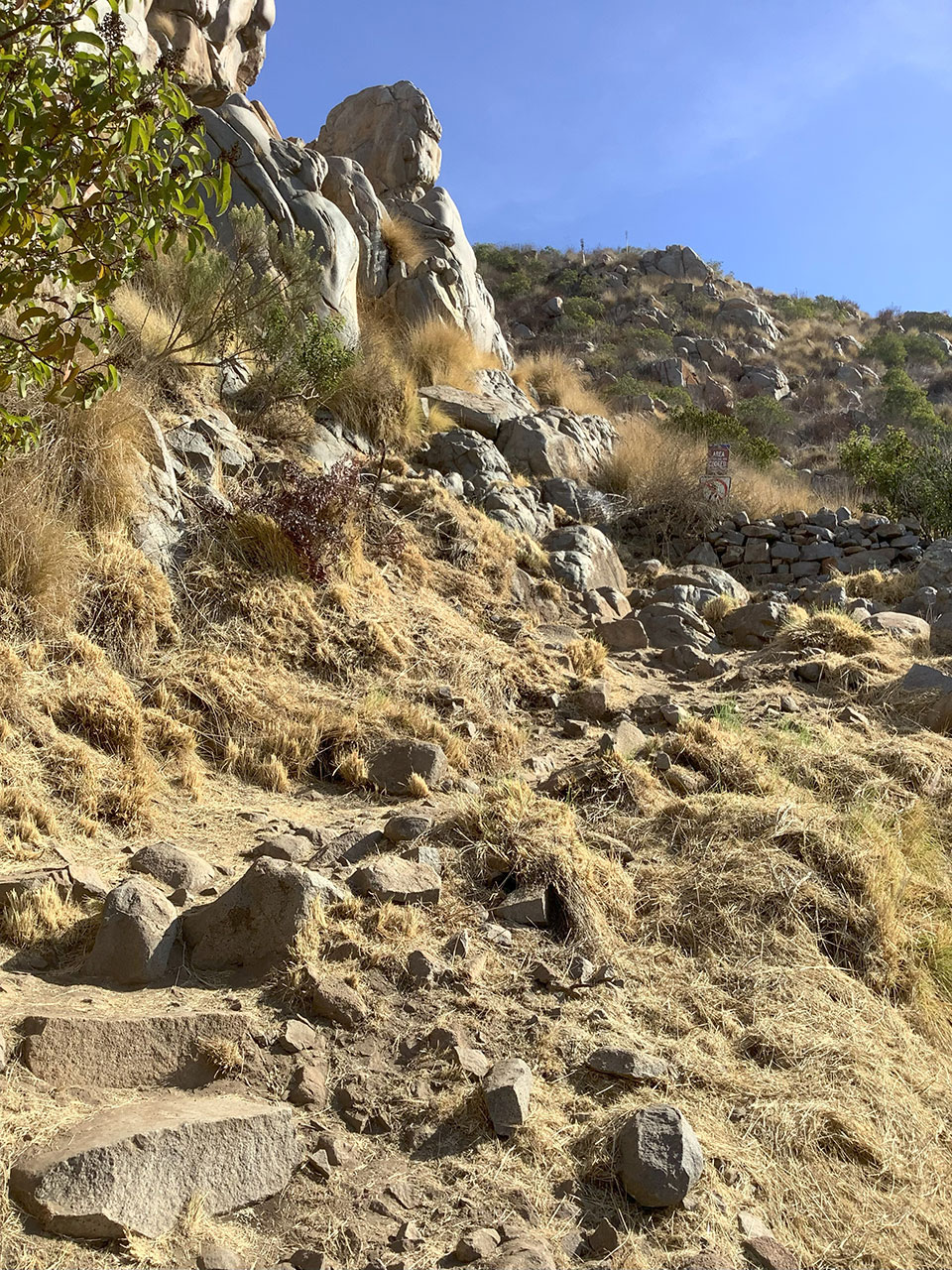
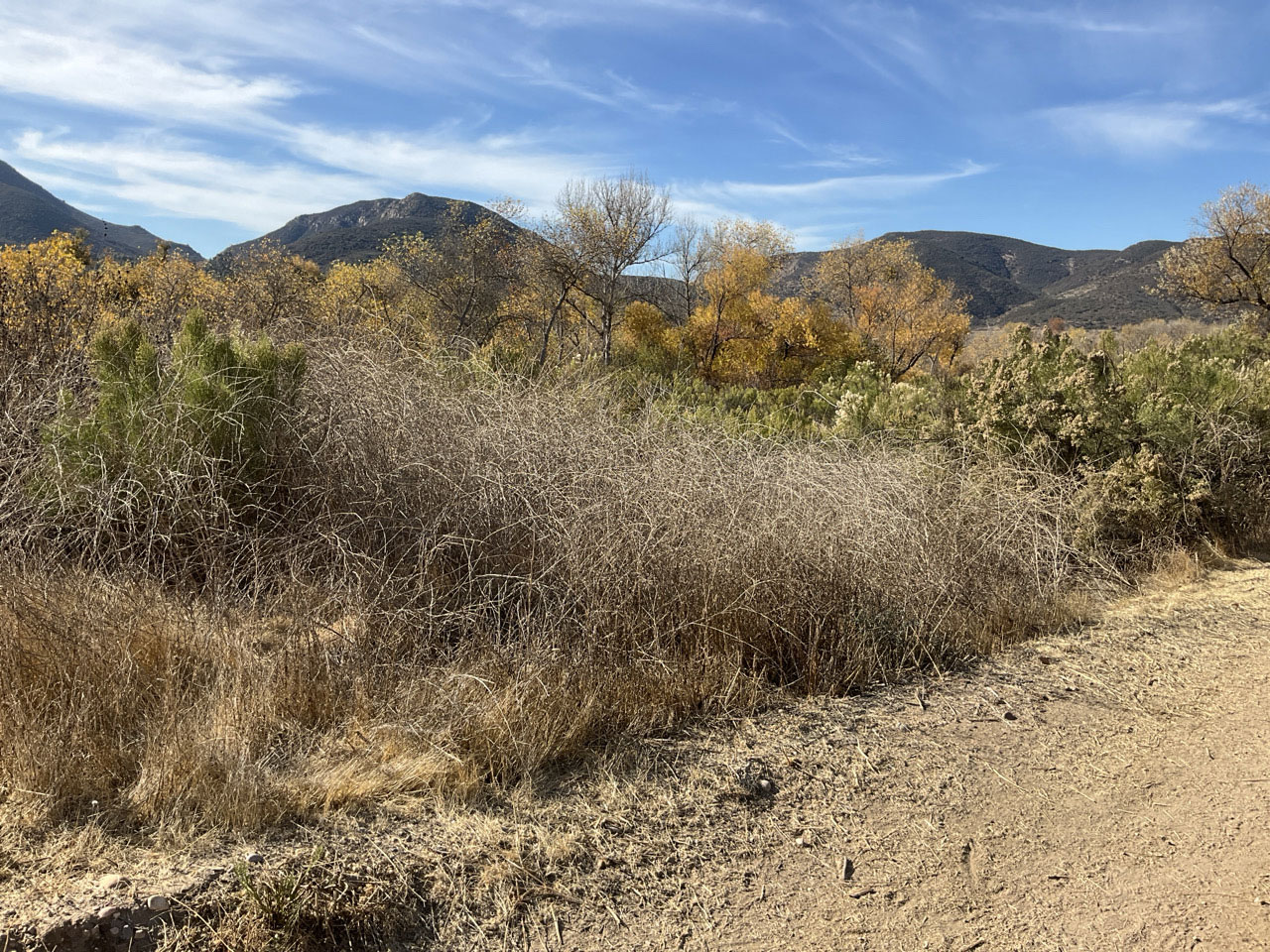
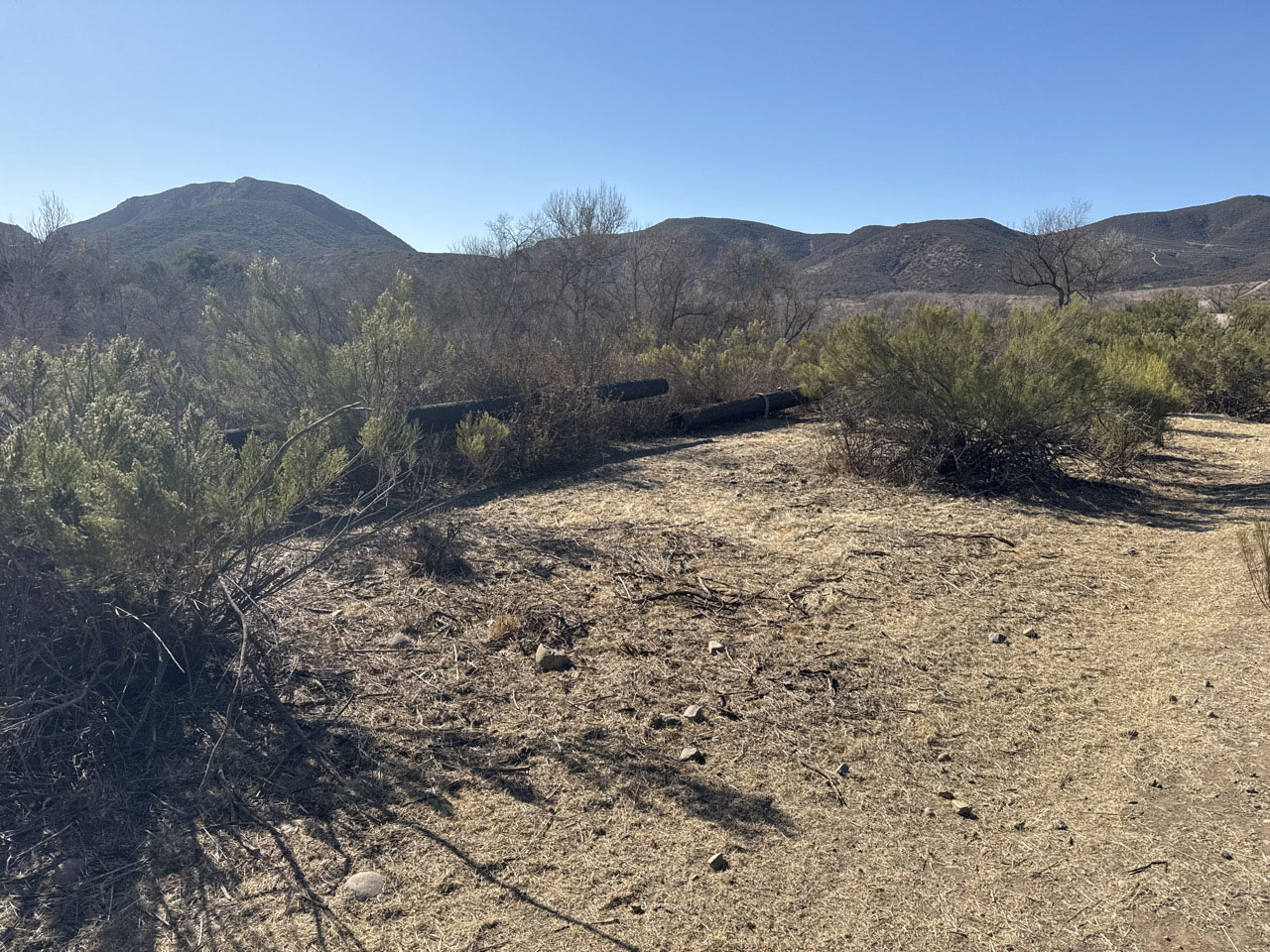
The San Diego River Conservancy (SDRC), a non-regulatory state agency, awarded a grant to the nonprofit Mission Trails Regional Park (MTRP) Foundation to remove Floating Water Primrose (Ludwigia peploides), an invasive aquatic plant, from Mission Trails’ Kumeyaay Lake and along the San Diego River from the lake to Old Mission Dam.
Project Goals
The primary objectives of this project are to remove the existing floating water primrose from Kumeyaay Lake and along parts of the San Diego River to improve water quality, bring back native species of birds, aquatic life, and enhance the overall health of the lake and San Diego River. Following the invasive plant’s removal, regular monitoring will be conducted.
Who’s leading the project?
The MTRP Foundation has engaged RECON Environmental, Inc., an environmental firm with expertise in habitat restoration and invasive species removal and will collaborate closely with City of San Diego staff to ensure the project adheres to environmental standards. MTRP Foundation staff will manage and monitor the project.
About Floating Water Primrose
Floating Water Primrose is a fast-growing invasive aquatic plant that forms thick mats on the water’s surface. Its impacts include:
This species has infested over 2.1 acres of Kumeyaay Lake, severely affecting the ecosystem’s balance.
Why is the project important?
Removing floating water primrose is essential to restore the health of Kumeyaay Lake as well as some affected areas of the San Diego River to promote native plant and animal species and prevent the invasive plant from spreading further into the San Diego River Watershed, which could have broader ecological impacts.
Project Timeline
The project launched in October 2025 and will continue through 2027, with seasonal treatments and monitoring. The RECON crew will be in the park on weekdays.
How Will the Primrose Be Removed?
Herbicide Use: What to Know
RECON will apply the herbicide Vastlan (EPA Reg. No. 62719-687) at Kumeyaay Lake. The following is key safety information:
To learn more about Vastlan: US EPA, Pesticide Product Label, VASTLAN,12/06/2017
About the San Diego River Conservancy (SDRC)
The San Diego River Conservancy (SDRC) is an independent, non-regulatory state agency established to preserve, restore and enhance the San Diego River Area. Learn more at https://sdrc.ca.gov/
